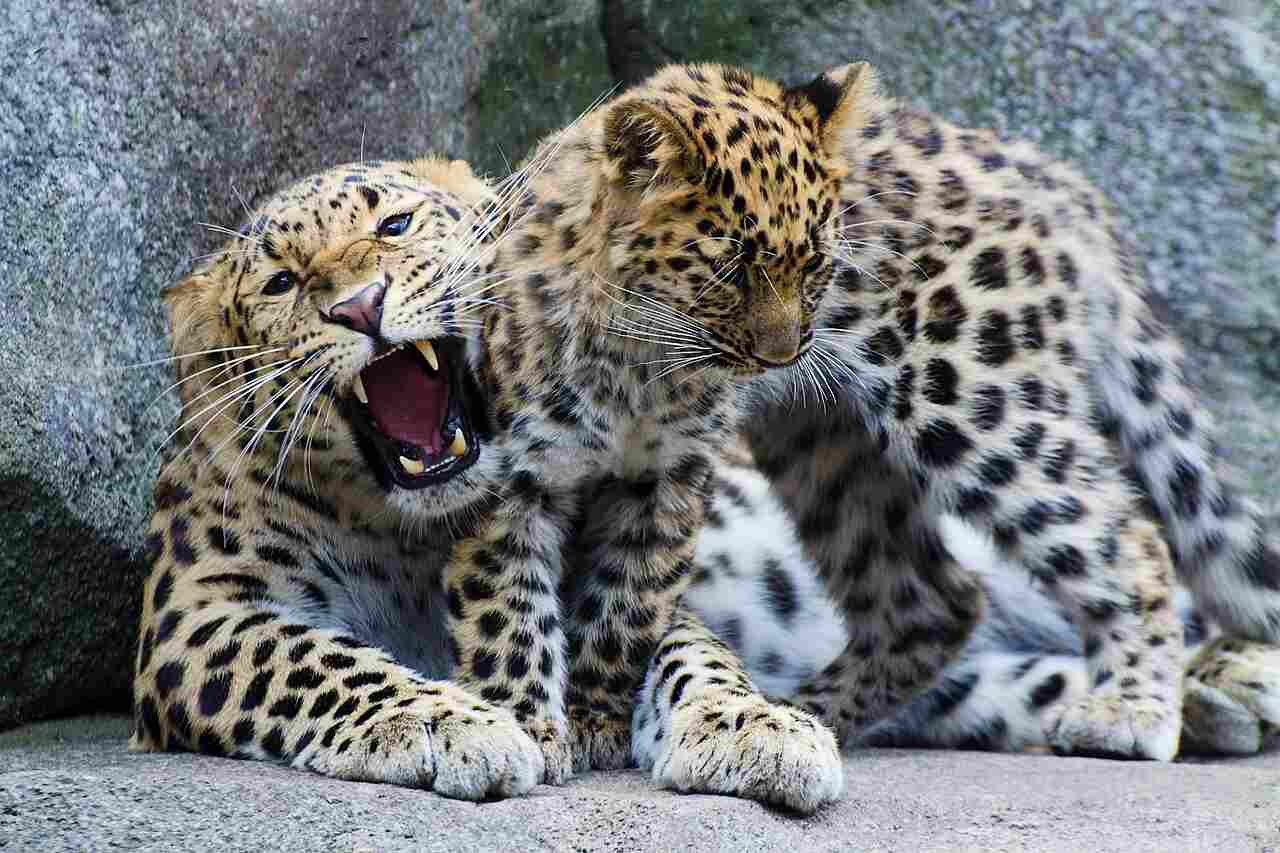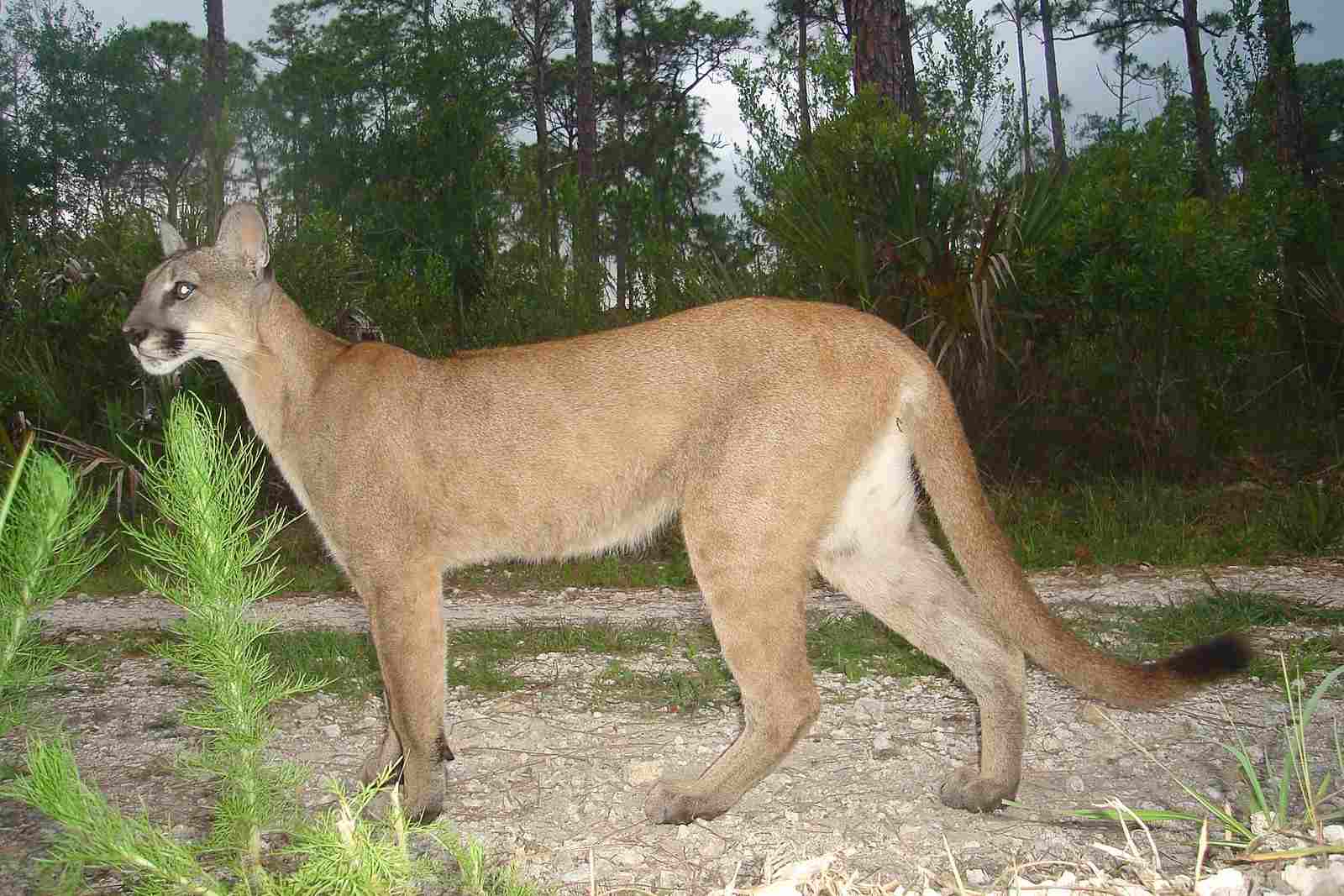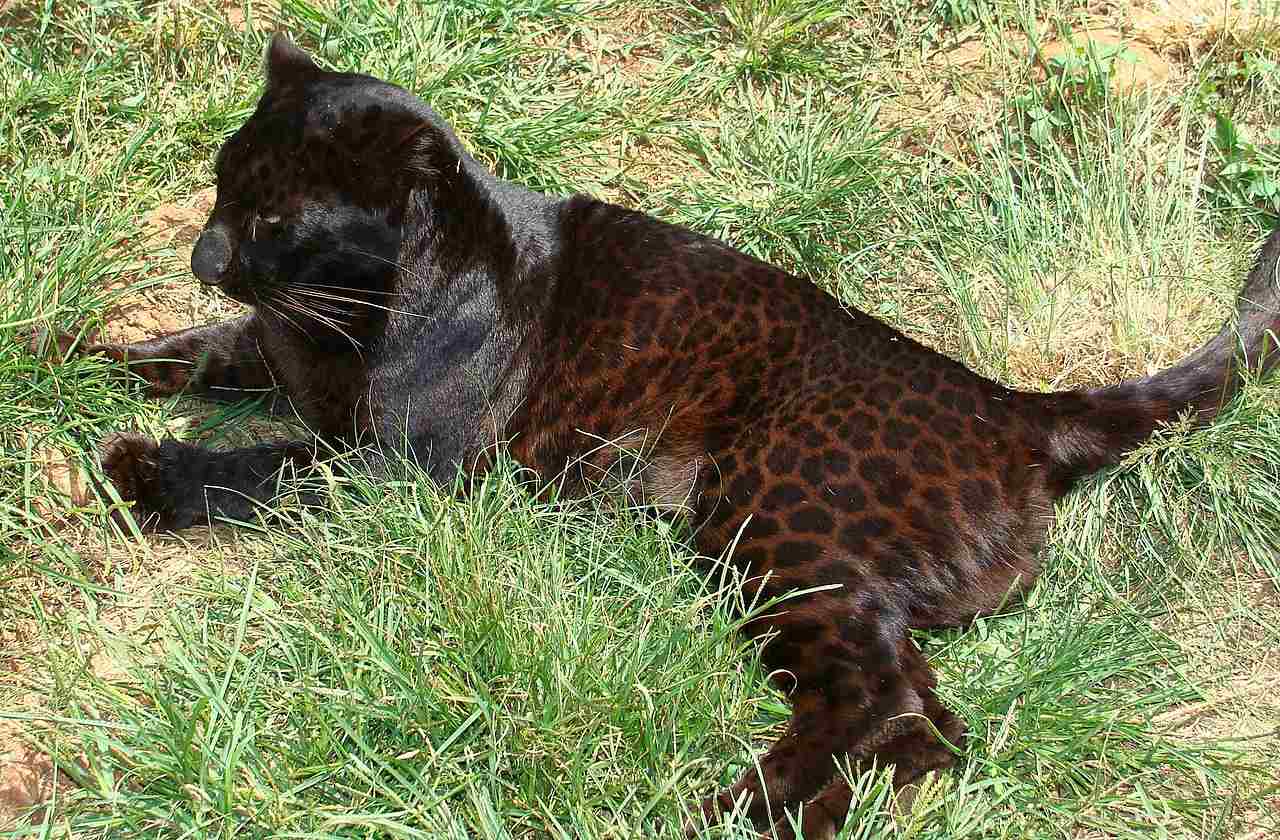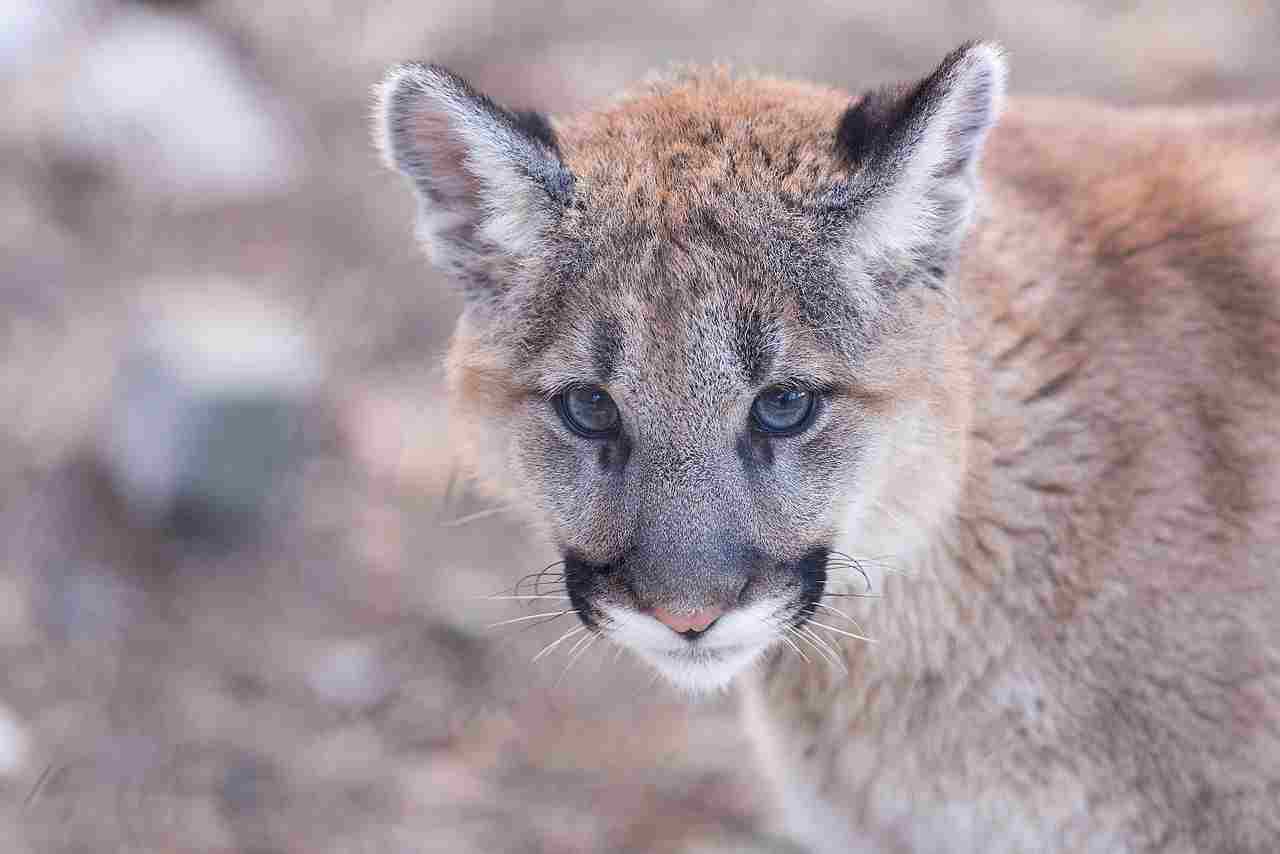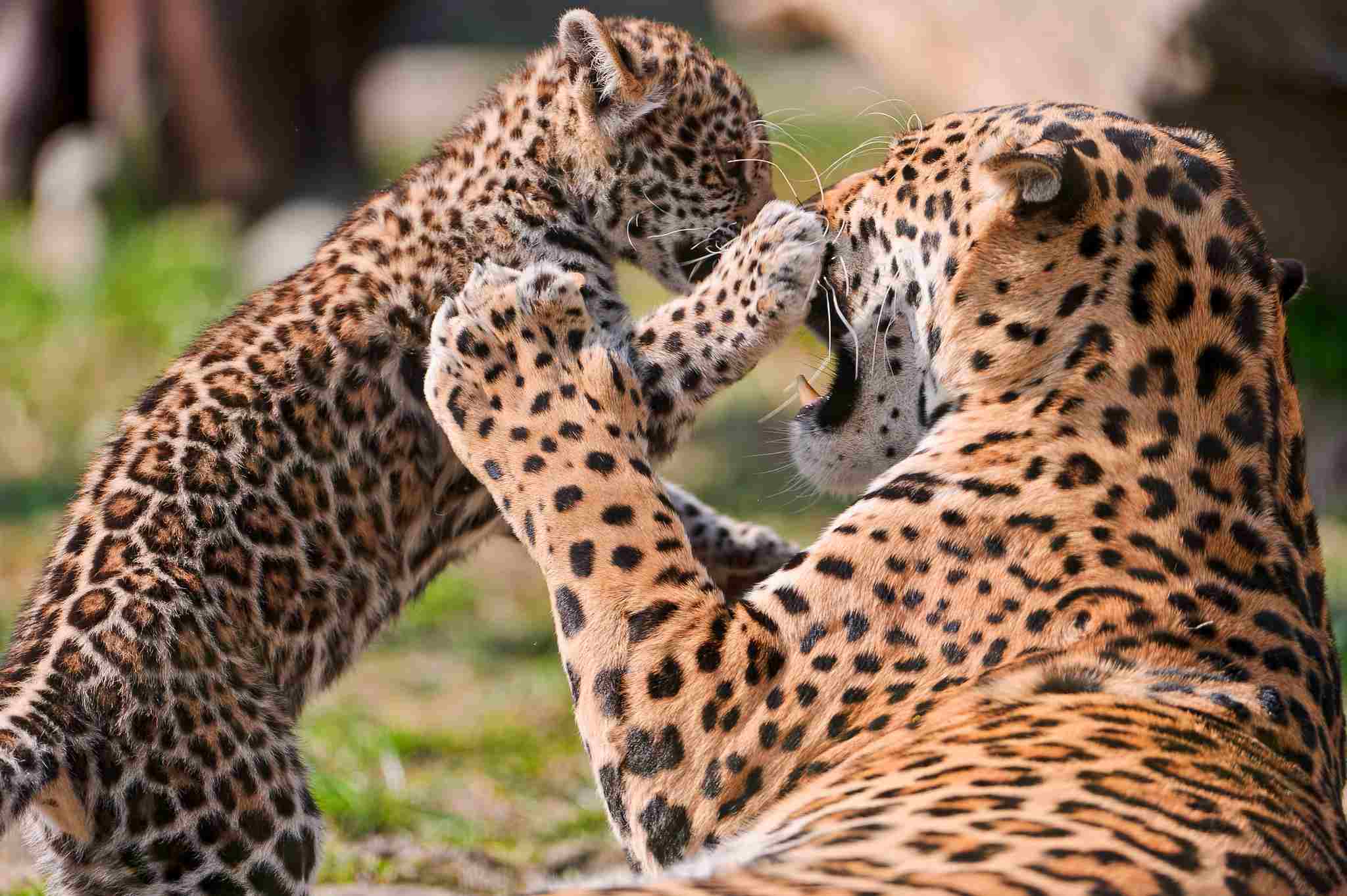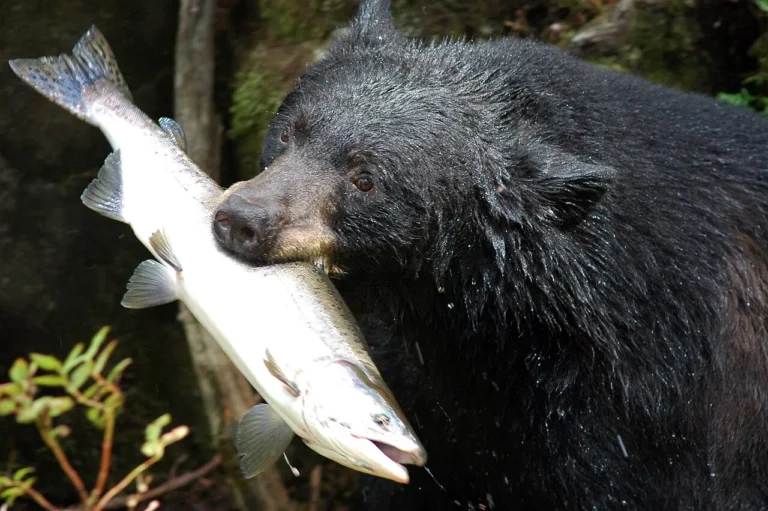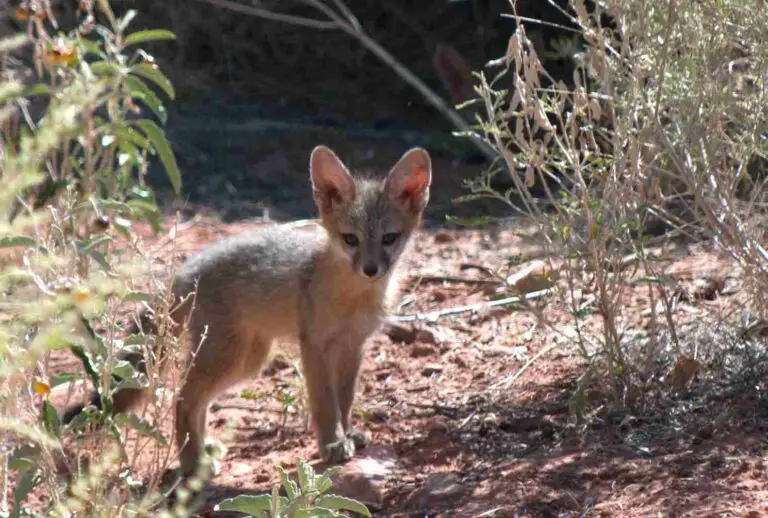Jaguar Vs Panther Size, Weight, Ecological Comparison
Jaguars have a clear advantage over panthers or cougars in a physical confrontation due to their larger size and greater strength. While it’s important to note that the term “panther” can also refer to a melanistic jaguar, in this article we are specifically comparing jaguars to cougars or Florida panthers.
By considering factors such as size and weight, we can see why jaguars have the upper hand in a fight. Their larger size and greater strength give them a significant advantage over their counterparts.
Reasons Why a Jaguar Will Win a Panther In a Fight/Physical Confrontation
I). Size and Weight Advantages
One of the main reasons why a jaguar would win in a fight against a panther is its size and weight advantage. Jaguars are significantly larger and heavier than panthers, giving them a physical edge in a confrontation.
Jaguars are the third-largest big cat species in the world, after tigers and lions. They can grow up to 6 feet in length and weigh between 100 to 250 pounds. On the other hand, panthers, or cougars, are smaller in comparison, measuring around 5 to 6 feet in length and weighing between 80 to 200 pounds.
The larger size of jaguars allows them to have a more powerful and intimidating presence. Their muscular build and robust frame give them the ability to overpower their opponents. With their sheer size and weight advantage, jaguars can deliver stronger blows and have a greater chance of subduing a panther in a physical confrontation.
II). Jaguars are More Muscular and Strong
In addition to their size advantage, jaguars are also more muscular and stronger than panthers. Their muscular build is specifically adapted for hunting and taking down large prey. Jaguars have a stocky and compact body, with powerful forelimbs that enable them to deliver forceful strikes.
The strength of a jaguar is evident in its ability to climb trees while carrying heavy prey, such as a caiman or a tapir, up to three times its own weight. This exceptional strength gives jaguars an advantage in a fight, as they can overpower their opponents with their powerful jaws and muscular limbs.
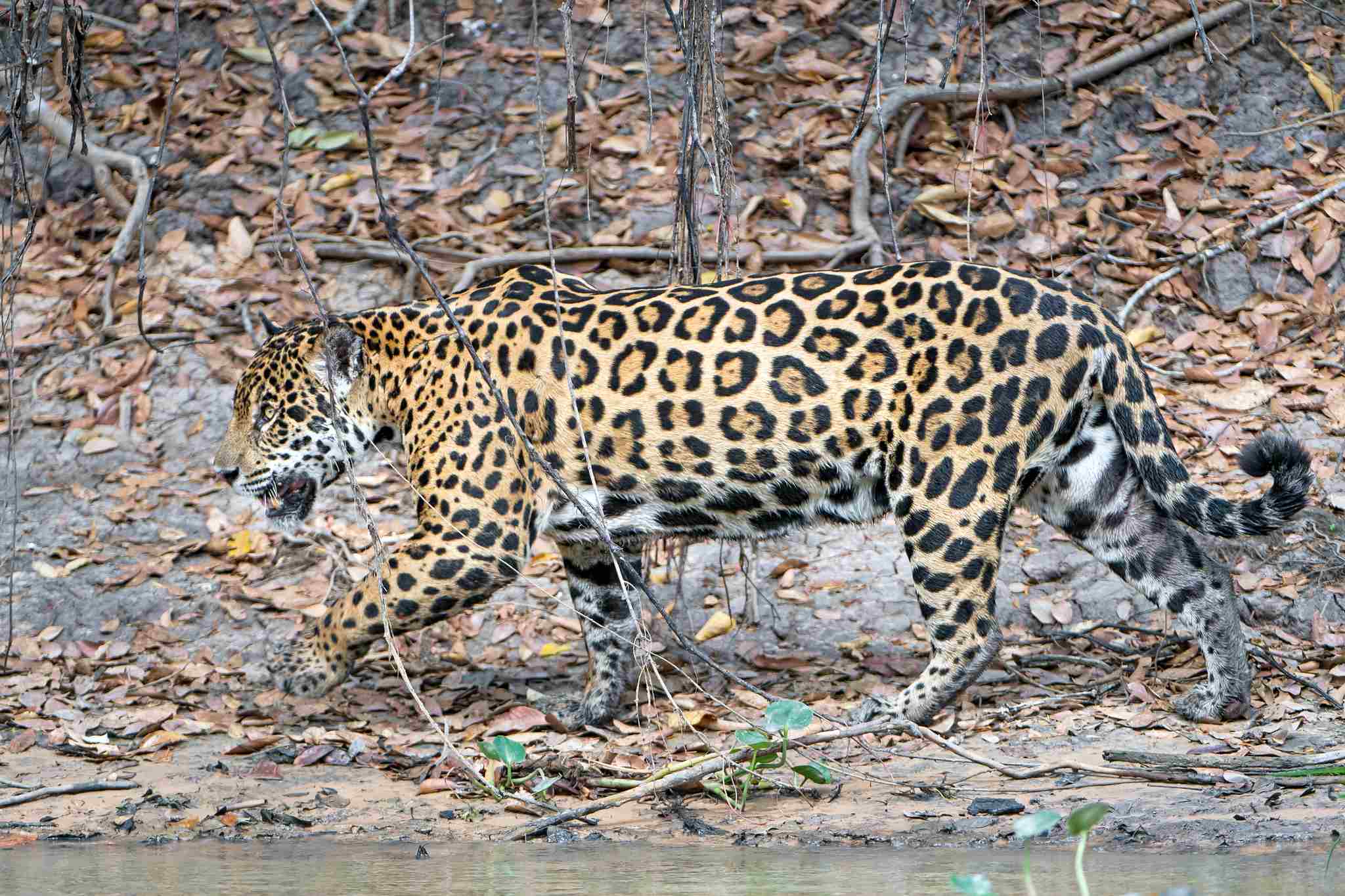
*Details of Comparison
| Feature | Jaguar | Panther |
| Species | Panthera onca |
Panthera pardus
|
| Habitat | Americas (rainforests, swamps, grasslands) |
Asia, Africa (forests, mountains, deserts)
|
| Size and Weight | Larger (up to 250 lbs, 6 feet) |
Smaller (up to 100 lbs, 5 feet)
|
| Bite Force | Stronger (1,500 psi) |
Weaker (1,000 psi)
|
| Speed and Agility | Fast (50 mph) | Agile (40 mph) |
| Hunting Strategy | Ambush (powerful bite) |
Stealth (swiftness)
|
| Social Behavior | Solitary |
More social (pairs, small groups)
|
| Reproduction | Litters of 1-4 cubs |
Litters of 1-3 cubs
|
| Danger to Humans | Low (avoidance preferred) |
Low (avoidance preferred)
|
| Intelligence | High (adaptability, problem-solving) |
Moderate (instinct, ambush)
|
| Tracks | Round, compact, large, claw marks |
Round, smaller, elongated, no claw marks
|
| Conservation Status | Endangered (habitat loss, poaching) |
Endangered (habitat loss, poaching)
|
1). Taxonomy
The taxonomy of the jaguar (Panthera onca) and the panther (Panthera pardus) places them in the same genus, Panthera, but different species. While both belong to the Panthera genus, they are distinct species with unique characteristics.
The jaguar is native to the Americas, primarily found in rainforests, swamps, and grasslands. On the other hand, the panther is found in various habitats across Africa, Asia, and Europe, including forests, mountains, and deserts.
In terms of physical appearance, the jaguar is known for its robust build and muscular physique. It has a stocky body, short legs, and a large head. The panther, on the other hand, has a more slender and agile build, with longer legs and a smaller head.
The coat patterns of these big cats also differ. Jaguars have a distinctive coat with rosette-shaped markings, while panthers have a solid-colored coat, which can vary from black to spotted or striped, depending on the subspecies.
While both the jaguar and the panther belong to the same genus, their distinct species and physical characteristics set them apart. The jaguar is native to the Americas, while the panther is found in various habitats across Africa, Asia, and Europe.
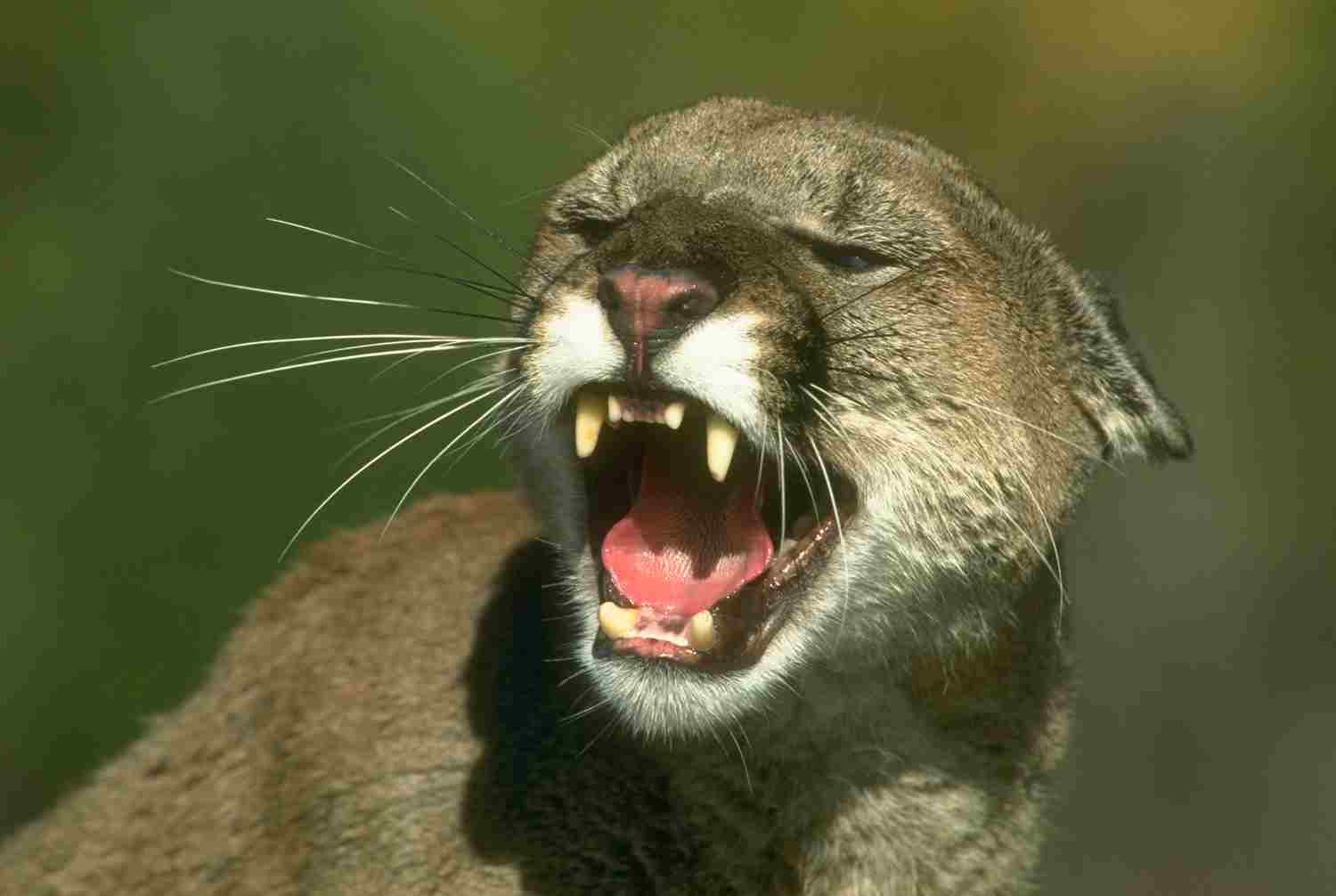
2). Appearance
The appearance of both the jaguar and the panther is distinct and unique. One key aspect of their appearance is their coat, fur, and skin. Jaguars have a beautiful coat with rosette-shaped markings, which helps them blend into their surroundings and provides effective camouflage in the dense rainforests and grasslands where they are found.
On the other hand, panthers have a solid-colored coat that can range from grey to tawny or reddish brown, depending on the subspecies. This variation in coat color allows panthers to adapt to different habitats, such as forests, mountains, and deserts.
In terms of stature and build, jaguars have a robust and muscular physique. They have a stocky body, short legs, and a large head, which gives them a powerful appearance. Panthers, on the other hand, have a more slender and agile build. They have longer legs and a smaller head, which allows them to be swift and agile hunters.
When comparing the appearance of these two big cats, it is clear that their coat patterns, camouflage abilities, and physical characteristics set them apart. Jaguars have a distinctive coat with rosette-shaped markings, while panthers have a solid-colored coat that can vary in color. Additionally, jaguars have a more robust build, while panthers have a more slender and agile physique.
3). Size
When comparing the size of jaguars and panthers, there are notable differences in their total body length and height at the shoulders. Jaguars are known for their larger size compared to panthers. On average, jaguars can reach a total body length of 5 to 6 feet, excluding the tail, and stand at a height of around 2 to 2.5 feet at the shoulders. Panthers, on the other hand, have a slightly smaller size, with a total body length ranging from 4 to 5 feet and a shoulder height of approximately 1.5 to 2 feet.
The size difference between these two big cats is significant and can be attributed to their respective habitats and ecological roles. Jaguars, being native to the dense rainforests and grasslands of the Americas, have evolved to be larger in order to navigate and thrive in their environment. Their larger size provides them with a competitive advantage when hunting and defending their territory.
Panthers, on the other hand, have adapted to various habitats, including forests, mountains, and deserts. Their slightly smaller size allows them to be more agile and maneuverable in these diverse environments, enabling them to effectively hunt and survive.
Therefore, jaguars are generally larger in size compared to panthers, with a longer body length and taller shoulder height. This size difference is a result of their specific habitats and ecological adaptations.
4). Weight
When comparing the weight of jaguars and panthers, there are noticeable differences between the two big cats. Jaguars are generally heavier than panthers, with males weighing between 100 to 250 pounds, while females weigh around 80 to 200 pounds. Panthers, on the other hand, have a slightly lighter weight, with males weighing between 80 to 200 pounds and females weighing around 60 to 150 pounds.
The weight difference between jaguars and panthers can be attributed to various factors, including their size, habitat, and diet. Jaguars, being larger in size, naturally have a higher weight to support their body structure and muscular build. Their weight gives them the strength and power needed for hunting and taking down larger prey.
Panthers, on the other hand, have a slightly lighter weight due to their smaller size and more agile nature. Their lighter weight allows them to be more nimble and swift in their movements, making them effective hunters in their diverse habitats.
While jaguars are generally heavier than panthers, both species have adapted their weight to suit their specific ecological roles and hunting strategies.
5). Speed and Agility
When comparing the speed and agility of jaguars and panthers, there are distinct differences between the two big cats. Jaguars are known for their remarkable speed and agility, allowing them to excel in hunting and capturing prey. With their muscular build and powerful limbs, jaguars can reach speeds of up to 50 miles per hour (80 kilometers per hour) in short bursts. Their agility enables them to navigate through dense vegetation and climb trees effortlessly, making them highly adaptable predators.
On the other hand, panthers also possess impressive speed and agility. They are renowned for their ability to move swiftly and silently, making them stealthy hunters. Panthers can reach speeds of up to 40 miles per hour (64 kilometers per hour) when chasing down prey. Their agility allows them to maneuver through various terrains, including forests, swamps, and mountains, with ease.
The differences in speed and agility between jaguars and panthers can be attributed to their respective habitats and hunting strategies. Jaguars, being primarily found in dense rainforests and grasslands, have evolved to be fast and agile to navigate through these challenging environments. Panthers, on the other hand, inhabit a wide range of habitats, including forests, swamps, and deserts, which require them to be adaptable and agile in different terrains.
6). Bite Force
Jaguars are known to have one of the strongest bite forces among all big cats. With a bite force of around 1,500 psi, jaguars have the ability to crush the skulls and bones of their prey effortlessly. This immense bite force allows them to take down large prey, such as caimans and tapirs, by delivering a powerful bite to the neck or skull.
On the other hand, panthers also possess a strong bite force, although slightly lower than that of jaguars. Panthers have a bite force of approximately 1,000 psi, which is still formidable and enables them to subdue their prey effectively. With their sharp teeth and powerful jaws, panthers can deliver a lethal bite to their victims, ensuring a swift and efficient kill.
The difference in bite force between jaguars and panthers can be attributed to their varying sizes and hunting techniques. Jaguars, being larger and more muscular, require a stronger bite force to overpower their prey. Panthers, although slightly smaller, have adapted their hunting strategies to rely more on stealth and agility rather than sheer strength.
While both jaguars and panthers possess impressive bite forces, jaguars have a slight advantage in terms of sheer power.
7). Overall Physical Capacity (Which is Stronger?)
When comparing the overall physical capacity of jaguars and panthers, it is important to consider various factors that we have evaluated and compared. While both animals possess impressive strength and agility, there are certain aspects that give jaguars a slight advantage in terms of sheer power.
Firstly, jaguars are known to be heavier and more muscular than panthers. This additional weight and muscle mass contribute to their overall strength and ability to overpower their prey. With their robust build, jaguars have the physical advantage when it comes to engaging in a violent confrontation.
Additionally, jaguars have a stronger bite force compared to panthers. As mentioned in the previous section, jaguars possess a bite force of around 1,500 psi, allowing them to crush the skulls and bones of their prey effortlessly. This immense bite force further enhances their physical capacity and gives them an edge in a fight.
However, it is important to note that panthers, although slightly smaller, have adapted their hunting strategies to rely more on stealth and agility rather than sheer strength. Their ability to move swiftly and silently through their habitat enables them to surprise and subdue their prey effectively.
While both jaguars and panthers possess remarkable physical capacities, jaguars have the advantage in terms of sheer power due to their larger size, muscular build, and stronger bite force.
8). Habitat
Jaguars are primarily found in the dense rainforests of Central and South America, although they can also be spotted in grasslands and swamps. Their preference for dense vegetation provides them with ample cover for stalking and ambushing their prey. Jaguars are excellent swimmers and are known to inhabit areas near rivers and wetlands, where they can easily hunt aquatic prey.
On the other hand, panthers, also known as black panthers, are more versatile in terms of habitat. They can be found in a variety of ecosystems, including forests, swamps, and even deserts. Panthers have a wider geographic range, with populations existing in North America, South America, and Asia. Their adaptability allows them to survive in diverse environments, relying on their stealth and agility to hunt and survive.
While both jaguars and panthers have specific habitat preferences, their ability to adapt to different ecosystems showcases their resilience and flexibility as predators. Whether it’s the dense rainforests of South America or the arid deserts of Asia, these big cats have managed to carve out a niche for themselves in their respective habitats.
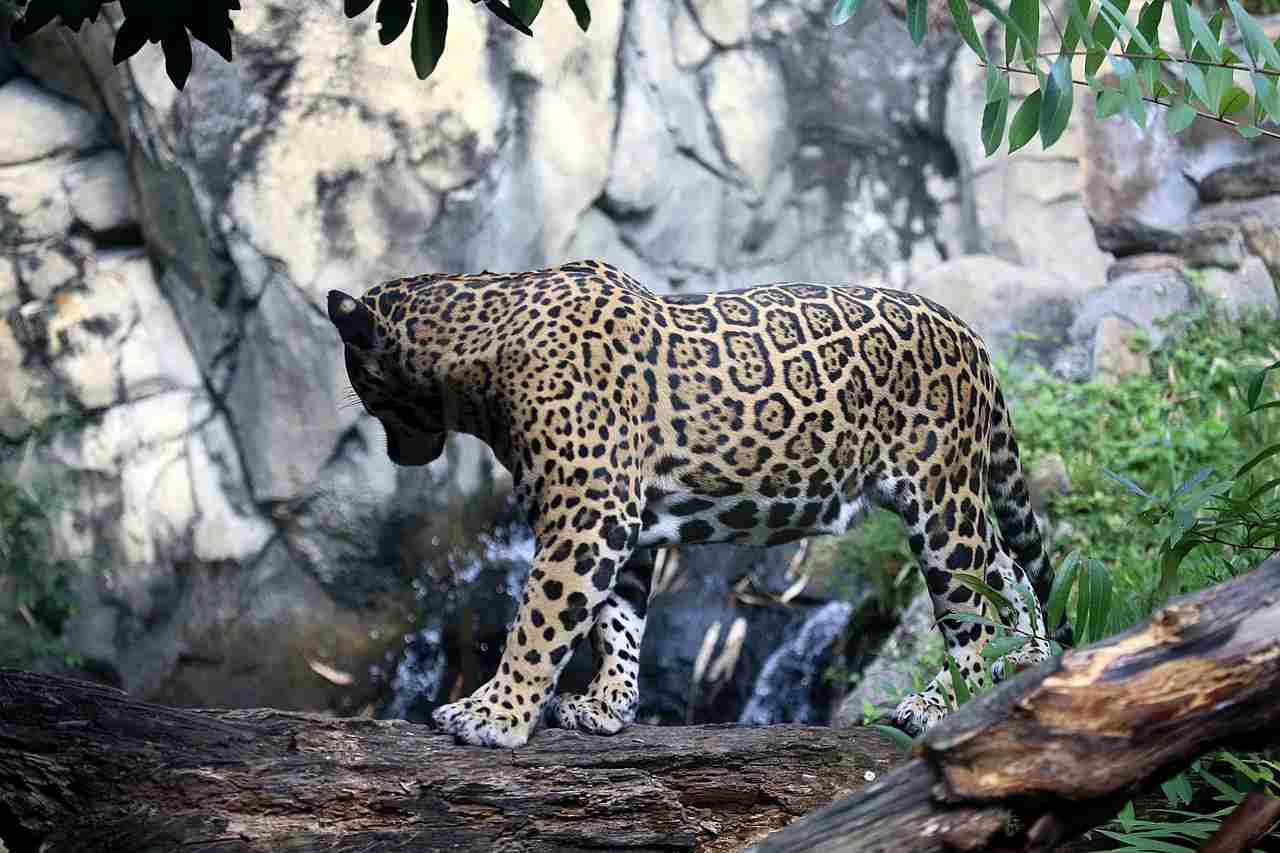
9). Lifespan
When comparing the lifespan of jaguars and panthers, it is important to consider various factors that can influence their longevity. Both big cats have relatively similar lifespans in the wild, ranging from 12 to 15 years on average. However, in captivity, they can live significantly longer, with some individuals reaching up to 20 years or more.
In the wild, the lifespan of jaguars and panthers can be affected by several factors, including predation, competition for resources, and diseases. These factors can impact their ability to find food, reproduce, and avoid threats. Additionally, habitat loss and human activities, such as hunting and poaching, pose significant risks to their survival and can further reduce their lifespan.
In captivity, jaguars and panthers have access to a controlled environment with regular veterinary care and a consistent food supply. This can contribute to their increased lifespan compared to their wild counterparts. Zoos and conservation organizations play a crucial role in ensuring the well-being and longevity of these magnificent creatures.
While jaguars and panthers have similar lifespans in the wild, their longevity can be extended in captivity.
10). Behavior
When comparing the behavior of jaguars and panthers, several aspects come into play. One key behavior is feeding. Both jaguars and panthers are carnivorous predators, relying on hunting to obtain their food. They have a similar diet, consisting mainly of large mammals such as deer, wild boar, and capybara. However, jaguars have been known to be more opportunistic hunters, adapting to different prey species and even hunting in water.
Aggression is another behavior that can be compared between the two big cats. Jaguars are known for their aggressive nature, often displaying territorial behavior and defending their hunting grounds. Panthers, on the other hand, are generally more elusive and less confrontational. They tend to avoid conflicts and prefer to retreat rather than engage in aggressive encounters.
Vocalization is an important aspect of communication for both jaguars and panthers. Jaguars have a wide range of vocalizations, including roars, growls, and hisses, which they use to communicate with other individuals and establish their presence. Panthers, on the other hand, are known for their distinctive screams, which can be heard over long distances.
In terms of social behavior, jaguars are generally solitary animals, with males and females coming together only for mating purposes. Panthers, on the other hand, are more social and can be found in small groups or pairs. They engage in cooperative hunting and may even share their kills with other members of their group.
When it comes to parenting, both jaguars and panthers exhibit similar behavior. Females are responsible for raising the cubs, providing them with food and protection until they are old enough to fend for themselves. This involves teaching them hunting skills and ensuring their safety within their territory.
While jaguars and panthers share some similarities in behavior, such as their carnivorous diet and parenting habits, there are also notable differences in terms of aggression, social behavior, and vocalization.
11). Reproduction
When comparing the reproduction of jaguars and panthers, one key aspect to consider is their mode of reproduction. Both jaguars and panthers are viviparous, meaning they give birth to live young. This is in contrast to oviparous animals, which lay eggs.
In terms of gestation period, jaguars have a gestation period of approximately 90 to 110 days. During this time, the female jaguar carries the developing cubs in her womb. Panthers, on the other hand, have a slightly longer gestation period of around 100 to 105 days.
When it comes to the number of offspring produced, jaguars typically give birth to litters of one to four cubs, with two being the most common. Panthers, on the other hand, usually have smaller litters, with one to three cubs being the norm.
The reproductive behavior of jaguars and panthers also differs in terms of mating. Jaguars are known to have a promiscuous mating system, with males and females mating with multiple partners. Panthers, on the other hand, have a more monogamous mating system, with pairs forming long-term bonds.
Therefore, while both jaguars and panthers are viviparous and have similar gestation periods, there are differences in litter size and mating behavior.
12). Danger Posed to Humans
When considering the danger posed to humans by jaguars and panthers, it is important to examine their behavior and proximity to human settlements. Both species have been known to come close to human habitats, especially when their natural habitats are encroached upon. However, it is essential to note that neither jaguars nor panthers are inherently aggressive towards humans.
In terms of the rate of human deaths caused by these big cats, it is relatively low for both species. While there have been rare instances of attacks on humans, they are generally avoidable and occur when the animals feel threatened or cornered.
If you happen to encounter a jaguar or a panther in the wild, it is crucial to exercise caution and take appropriate precautions. Firstly, it is important to remember that these animals are wild and should be observed from a safe distance. Avoid approaching or provoking them, as this can lead to defensive behavior. Additionally, it is advisable to travel in groups, make noise, and carry bear spray or other deterrents to minimize the risk of an encounter.
13). Intelligence
When comparing the intelligence of jaguars and panthers, it is important to consider their cognitive abilities and problem-solving skills. Both species exhibit a high level of intelligence, but there are some differences in their behaviors and adaptations.
Jaguars are known for their exceptional hunting skills, which require a certain level of intelligence to successfully stalk and capture prey. They are highly adaptable and can adjust their hunting strategies based on the availability of food sources in their habitat. Panthers, on the other hand, are also skilled hunters but tend to rely more on stealth and ambush techniques.
In terms of problem-solving abilities, jaguars have been observed to exhibit a higher level of intelligence. They are known to be more curious and inquisitive, often exploring their surroundings and experimenting with different hunting techniques. Panthers, while still intelligent, may rely more on their instincts and natural hunting abilities.
It is important to note that intelligence can be difficult to measure accurately in animals, and there may be variations within individuals of the same species. However, based on their behaviors and adaptations, jaguars generally display a higher level of intelligence compared to panthers.
14). Tracks
When comparing the tracks of jaguars and panthers, there are some distinct differences that can help identify which animal left the mark.
Jaguar tracks typically show a round shape with four toes and a prominent pad. The toes are usually close together, giving the track a compact appearance. The size of the track can vary depending on the individual jaguar, but it is generally larger than that of a panther.
On the other hand, panther tracks also have a round shape with four toes, but they tend to be slightly smaller and more elongated compared to jaguar tracks. The toes are usually spread out, creating a wider track. The pad may also appear less pronounced in panther tracks.
Another distinguishing feature is the claw marks. Jaguars often leave claw marks in their tracks, which can be seen as small indentations in the ground. Panthers, however, tend to retract their claws while walking, so their tracks usually do not show any claw marks.
Overall, while both jaguars and panthers have similar track patterns, paying attention to the size, shape, toe arrangement, and presence of claw marks can help differentiate between the two.
15). Conservation Status
When it comes to the conservation status of jaguars and panthers, both species face significant challenges in the wild. They are classified as “endangered” or “threatened” due to various factors that pose a threat to their survival.
For jaguars, the main threats to their population include habitat loss and fragmentation, illegal hunting for their fur and body parts, and conflicts with humans. Deforestation and the expansion of agricultural activities have resulted in the destruction of their natural habitats, leaving them with limited space to roam and find prey. Additionally, jaguars are often targeted by poachers who sell their beautiful coats on the black market, further endangering their population.
Panthers, on the other hand, also face similar threats to their survival. Habitat loss and degradation due to urbanization and agriculture have significantly impacted their population. The conversion of their natural habitats into human settlements and farmlands has led to a decline in their prey availability and increased human-wildlife conflicts. Illegal hunting and poaching for their fur and body parts also contribute to the decline of panther populations.
Both jaguars and panthers are facing critical conservation challenges. The destruction of their habitats, illegal hunting, and conflicts with humans are the main threats to their survival in the wild. Efforts must be made to protect and restore their habitats, enforce strict anti-poaching measures, and promote coexistence between humans and these felines to ensure their long-term survival.
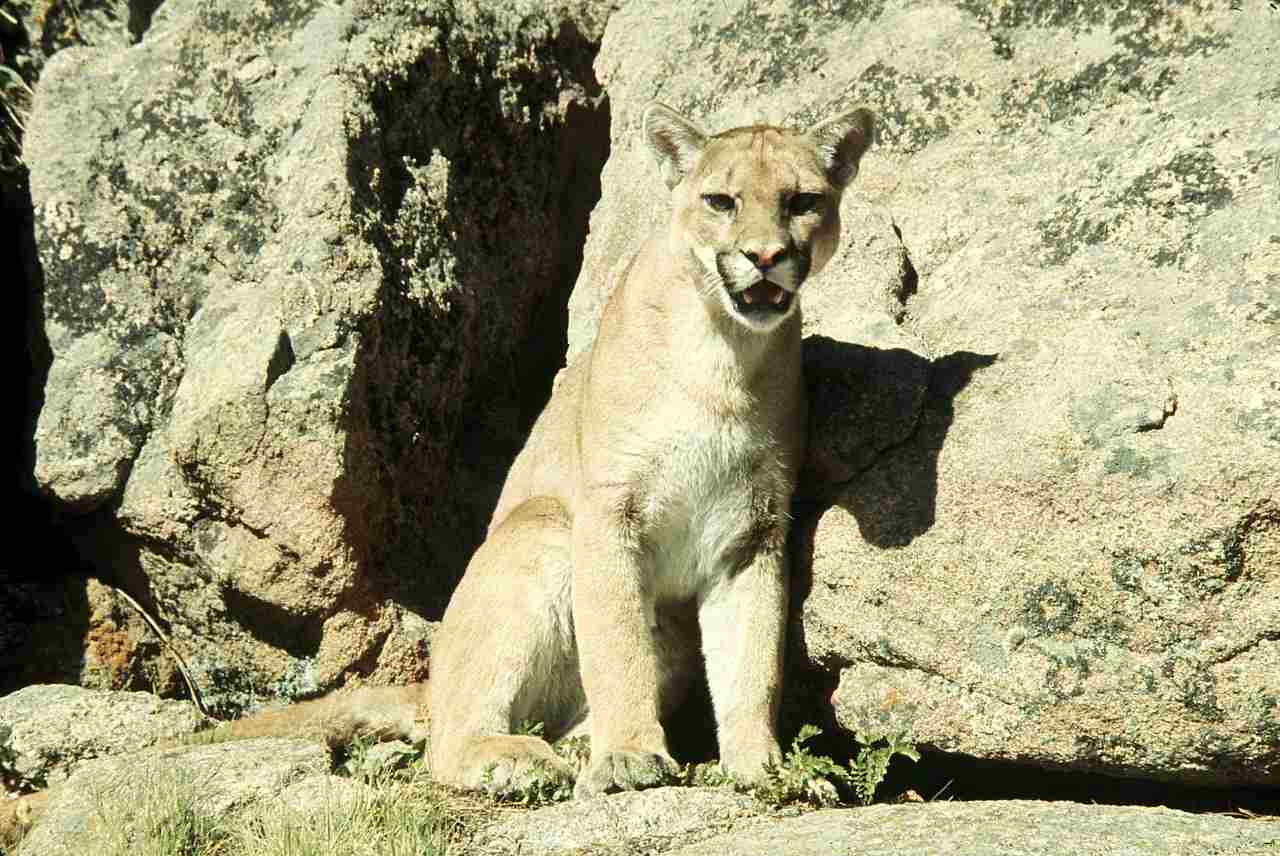
Conclusion
I). SIMILARITIES
Both jaguars and panthers share several similarities in terms of their physical characteristics and ecological roles. They belong to the same genus, Panthera, and are known for their powerful build and stealthy hunting abilities. Both species have a similar appearance, with a muscular body, short legs, and a large head. They also possess sharp retractable claws and strong jaws, enabling them to take down their prey effectively.
In addition, jaguars and panthers are both top predators in their respective habitats. They play a crucial role in maintaining the balance of their ecosystems by regulating prey populations and preventing overgrazing. Both species are also highly adaptable and can thrive in a variety of habitats, including rainforests, swamps, and grasslands.
II). DIFFERENCES
Despite their similarities, there are notable differences between jaguars and panthers. One key difference lies in their geographic distribution. Jaguars are primarily found in the Americas, ranging from the southern United States to Argentina, while panthers are typically associated with the forests of Southeast Asia and Africa.
Another significant difference is their size and weight. Jaguars are generally larger and heavier than panthers, with males weighing up to 250 pounds and measuring around 6 feet in length. Panthers, on the other hand, are smaller, with males weighing around 100 pounds and measuring approximately 5 feet in length.
Furthermore, jaguars are known for their powerful bite force, which allows them to crush the skulls of their prey. Panthers, although still formidable predators, have a slightly weaker bite force compared to jaguars.
